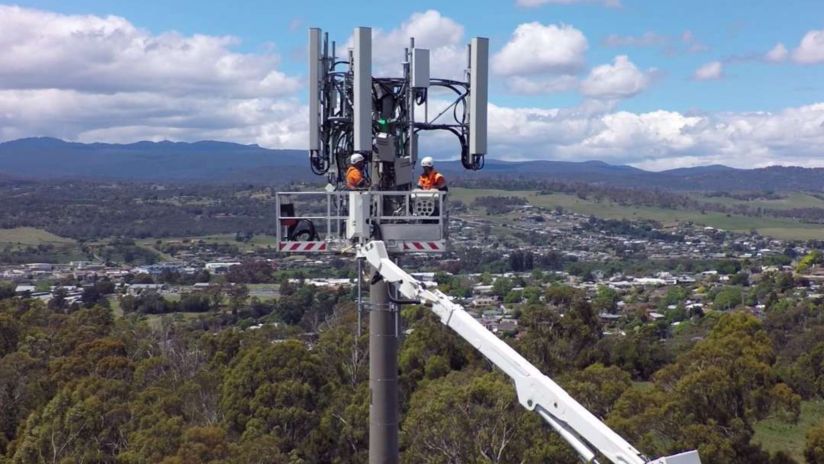Our 5G network now reaches 75% of Australians

After starting our initial 5G rollout across major cities, a big effort has been made to extend this out to our suburbs, regional centres and rural areas. You can now find Telstra 5G presence in more than 2,700 suburbs and over 200 cities and towns across Australia.
In the last six months alone, we have switched on 5G services in more than 100 regional cities and towns including Port Douglass in Queensland, Yass in New South Wales and Devonport in Tasmania.
As our 5G rollout continues across Australia, we’re seeing thousands of new devices joining our network every week, and now have more than 1.5 million 5G devices live on our network.
The hard work on our 5G rollout is not done yet – we want to bring 5G to as many people as possible. Reaching more Australians will be harder from here though, with populations spread out over larger distances, with each incremental percentage of the population requiring proportionally more 5G sites to cover – so some areas might take a bit longer than others before the 5G symbol pops up the top of your phone.
And just because we have been focusing so much on 5G, doesn’t mean we have forgotten about our 4G service. We just passed a big new milestone with our 4G footprint now covering more than 2 million square km and 99.4% of the Australian population – so you can browse, stream or chat in more places than ever before.
Not just a bigger network, a better network
When it comes to 5G, while we’ve been rolling it out across Australia, we’ve also been innovating and deploying new technologies to offer a better and even more reliable service to our customers.
One new addition is a technology called carrier aggregation. We’ve used this on 4G for a while and helped boost connectivity dramatically for customers as we worked on it more and more. It essentially involves enabling devices to access our network using multiple radio frequencies.
Think of it like you’re trying to heat a room. You start with a single heater, but it’s too cold still, so you add another heater to get the room up to temperature. Combining multiple frequencies to work together, just like the heaters warming the room faster, gives you greater network performance than connecting to the single frequency.
For the first time, we’re adding this out to 5G too. By combining Telstra 5G on low band 850Mhz spectrum and mid-band 3600Mhz 5G, you should see a boost in 5G performance when you’re indoors or on the edge of 5G coverage.
mmWave – the next big thing
Earlier this year we announced that we’re investing $277 million in 1000MHz of 26Ghz spectrum for mmWave 5G – a short-range, high-frequency and very high capacity spectrum band that really makes the most of what 5G can do. Adding mmWave to 5G will supercharge the network even further, adding greater capacity for more devices especially in population dense areas like big city CBDs or at major sporting events.
While the Australian Communications and Media Authority (ACMA), who manages spectrum licensing in Australia only recently auctioned off mmWave spectrum, we’ve been preparing to launch it for a while now. In fact, we already have 50 mmWave sites live across Sydney, Melbourne, Brisbane, Adelaide, Goulburn and the Gold Coast.
We’re excited about mmWave being live, and if you own a Telstra 5G WiFi Pro you can experience the boost in certain pockets of those areas. At the moment, it’s the only device on the market that supports mmWave, but we’ll be launching a few more devices by the end of the year to take advantage of the next phase in 5G.


